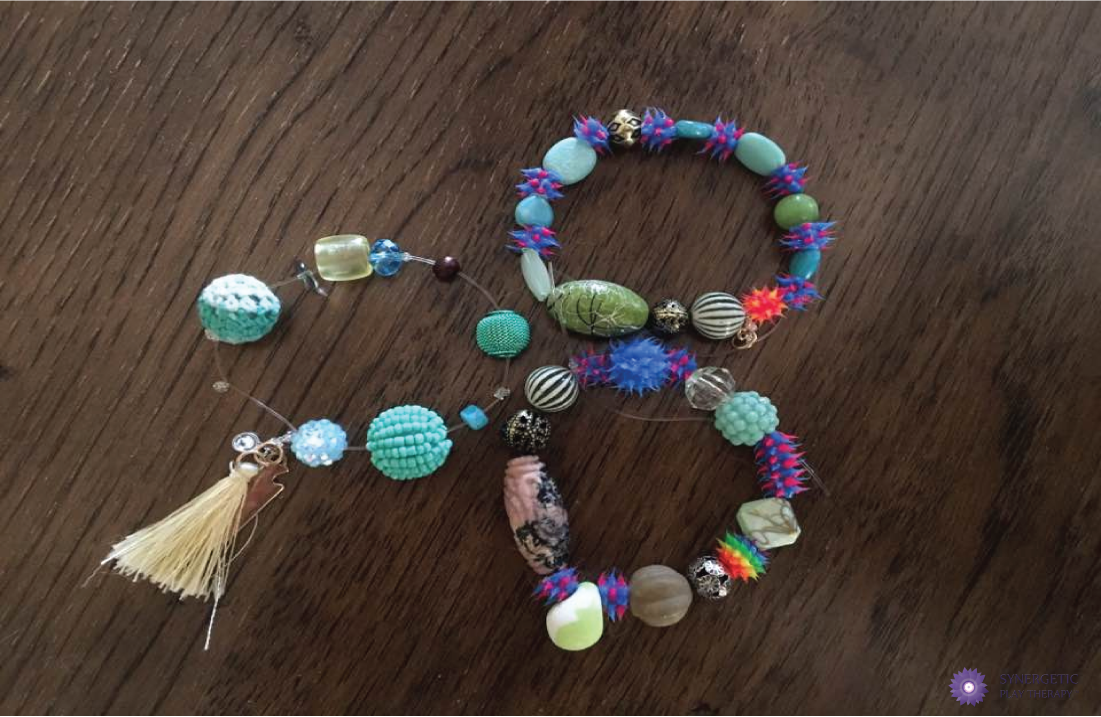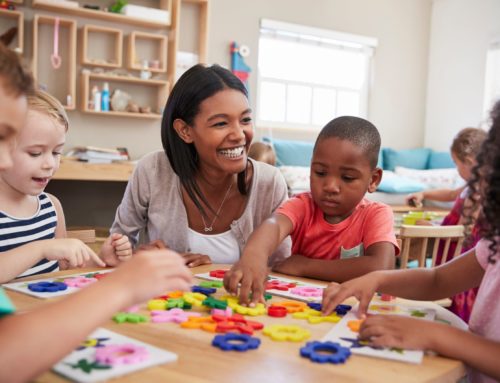By Lisa Dion, LPC, RPT-S
“Mom, I am struggling because I can’t concentrate in class!”
This is something most children have said at some point – maybe they feel that science is boring, math is too hard, or history is so last year. But, while it’s a common utterance, it’s also one that speaks volumes.
Every time I hear a child express some version of this, a part of me feels incredibly sad inside – sad and curious. Almost immediately, my brain wonders just how much the child is allowed to regulate/take care of their body during school.
Children need to move – they’re made to climb, to run, to jump, to skip. And this is by design: moving helps them learn. When a child moves, the brain better integrates the data that it is taking in. Movement is brain food – the mind needs it to thrive.
Of course, it’s easy to forget this. Sometimes children move so often that we can’t help but tell them to stop. Yet doing this isn’t ideal – when we ask a child to sit still while in class, we are inadvertently preventing optimal learning conditions: we’re holding their brains back (and them in the process!).
Most children will, at some point, encounter an academic challenge as they’re introduced to new ideas, new skills, and new patterns of information. When the brain perceives this “challenge,” it engages its freeze, fight, flight, or collapse response.
We see children engage in these responses all the time in classrooms and while doing homework. A child whose mind has engaged in these responses may get labeled as non-compliant, distracted, resistant, and uninterested. But their brains are doing exactly what they were designed to do. Thus, if a child says, “It’s not me. It’s my brain,” they’re absolutely right.
So, how do we help them regulate out of these protective states and back into the higher centers of their brains? How do we help them absorb the material so they can learn at optimal capacity? It’s simple, we let them move.
So you can imagine that when I heard these words come out of my daughter’s mouth a few weeks ago, I went into action.
Avery: Mom, I am struggling because I can’t concentrate in class!
Me: Have you talked to your teacher and asked her if you can move?
Avery: She says we have to stay in our seats to listen.
Me: Can you doodle or color while you listen?
Avery: Nope. She wants us looking up at her because that’s a sign of paying attention.*
*It isn’t by the way.
Me: Can you get a squish ball or something to play with in your hands?
Avery: I wish! She won’t let us because she thinks they are a distraction.
We continued to brainstorm with no luck. That got me thinking: how can I help Avery regulate while not being a distraction to herself, her classmates, or her teacher? The answer was in the wrists: BRACELETS!
We decided to make “LEARNING BRACELETS”!
We went to the store with two bead “requirements” in mind: 1) They had to “feel” interesting. Avery needed to want to twist, squish, slide, and play with them and 2) They needed to look “fashionable.” That way, her teacher wouldn’t know they were learning bracelets.
Voila – these awesome bracelets were born! They now live in Avery’s desk at school and when she is bored out of her mind, experiencing the material as overly challenging or experiencing an inability to concentrate, she puts them on and regulates away.
I suspect she sits there with an inner smile knowing that she is taking care of herself in her own secret way.
The “Learning Bracelet” is one of many tools from “Learning Tools”, a process of helping kids discover for themselves what helps them self-regulate in classrooms developed by Judith Norman, LPC, RPT-S.
*Check out our trainings here and transform education with us!



